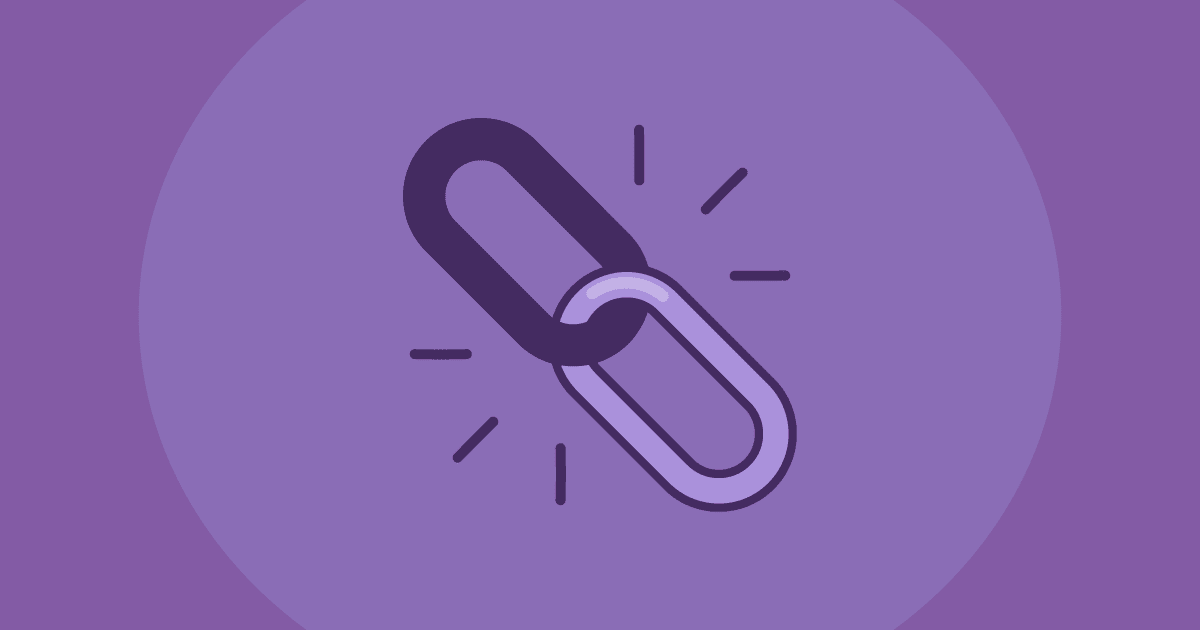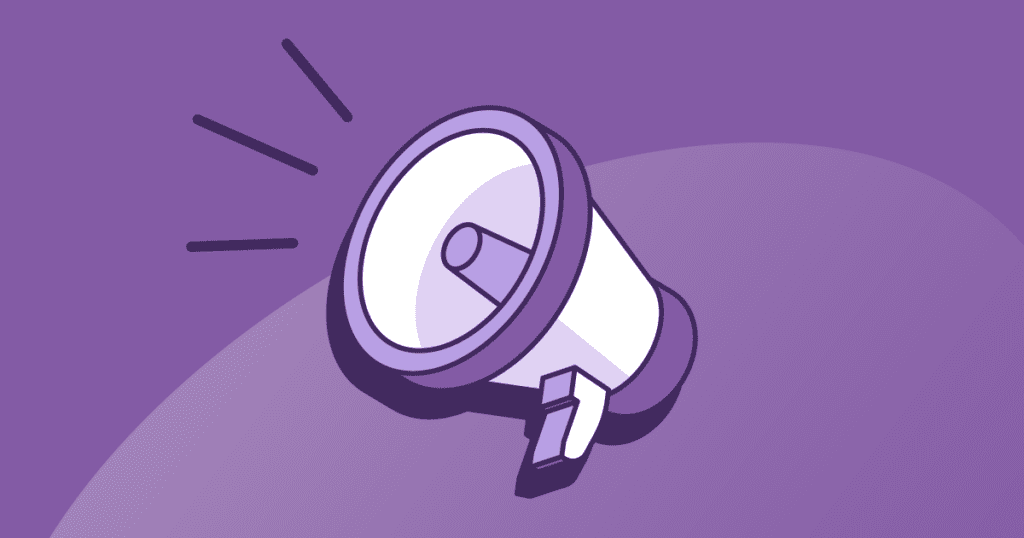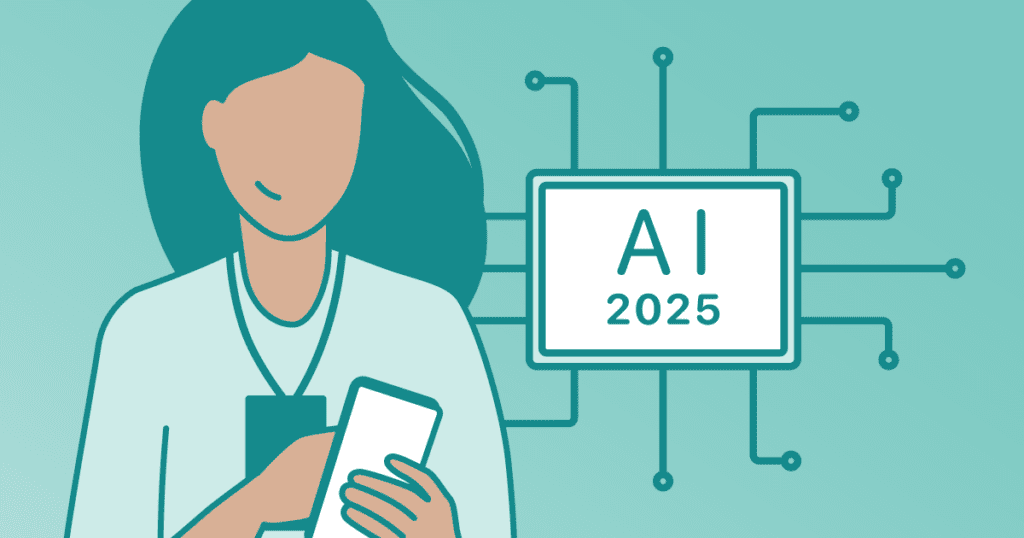Hello, event planners! Get ready to elevate the event experience for your attendees with human-centric design principles.
Our recent webinar, Rethinking Events: The Human-Centric Approach, was led by Expo Pass and featured two masters of engaging human-focused experiences. Janice Cardinale founded Event Minds Matter, a safe space for conversations around mental health in the workplace. Liz Lathan, Co-Founder of The Community Factory, helps event marketers design meaningful and engaging event experiences. Together, they offer valuable insights into how human-centric design can boost the human element of your events.

What is human-centric event planning?
“We have to look a little deeper than we ever used to look before” – Janice Cardinale
Human-centric design (HCD) transforms how we view our role as planners. We aren’t planning events, we’re planning experiences. This shifts focus from the impersonal event elements to the people who will interact with them. In human-centric event planning, attendee needs are the focus of every element, from topic choices to event catering.
In today’s urgent event atmosphere, you must ask what is going to motivate someone to take several days off work to attend your event? People want more than a regular old product demonstration. They’re looking to make connections, grow as individuals, and forge memories.
It’s about shifting from a logistic perspective to a psychological one, and considering the impact of each decision on the human experience.

How to design a connection-friendly space?
“I think the number one thing is acceptance and making people feel welcome.” – Liz Lathan
With this definition in mind, let’s start with something easy—the event space. How can HCD influence the “architecture” and logistical planning of your event venue?
In order for attendees to get the most out of the event experience, they need to feel psychologically safe. There are several ways to accomplish this, and as Janice emphasized, confident communication is a key factor of psychological safety. People need to feel safe to voice their needs, wants, concerns, and interests.
Extroverts aren’t the only ones attending your event, so you should find a way to welcome people of all dispositions. Consider having “wing people” waiting at the entrance to welcome attendees, introduce them to the experience, and connect them with like-minded individuals so they immediately feel a part of the community.
Liz prefers simple name tags with only the attendee’s first name to encourage curiosity and reduce perceived divisions that arise from seeing everyone’s job titles on badges. Name pins or “buttons” are a fun alternative to information-heavy event badges.
Set the tone for your event by creating Facebook groups and Slack channels where attendees can connect before, during, and after the event. Allowing attendees to connect prior to the experience or sign up for topic-specific table conversations will encourage connections. It’s easy to create a community feeling, but a lasting community requires more time and support.

How can events increase engagement?
“All events must have a clear purpose and a clear value. At the end of the day, that’s what Human-Centric means, is purpose and value.” – Janice Cardinale
While a computer is content to absorb information, humans desire a deeper, more dynamic experience. Human-centric event planning emphasizes and creates engagement opportunities where attendees can deepen their connection to the community.
Humans are visual creatures. Leverage decor, signage, table settings and other visual tools to engage attendees. A unique location or event destination is another way to foster curiosity in attendees, pushing them to engage with the environment and each other.
By subtly adjusting the format of your event schedule, you can encourage attendees to engage with each other around key ideas. One example comes from the Go West Conference, where they held 20-minute speaker sessions and then, in the afternoon, breakout sessions. Attendees had the chance to tell their stories in safe, smaller groups.
There’s no need to trap attendees in the audience while you throw information at them. Break up keynotes with smaller table topics based on the keynotes. If you have the budget, consider creating a more comfortable, community-inspired seating arrangement. One event experience swapped traditional chairs for several mini “living room” setups.
Anticipating how attendees will most likely want to engage with your event experience allows you to anticipate their needs. Attendees often have to work while at the event. If you don’t provide a comfortable space where they can answer emails, they’ll be forced to sit on the floor, or wherever else they can find a plug.

“How to make more memorable activities?”
“It’s about shared experiences. Do something that people get to do together.” – Liz Lathan
While iconic speakers will certainly draw a crowd, it isn’t the information-dense keynotes they’ll remember in ten years. It’s the unique experiences they shared with each other. These come in many forms, offering planners the opportunity to flex their creativity.
With human-centric design as your North Star, you might organize a give-back opportunity where attendees can work together to support community initiatives. They’ll have a sense of pride in helping to better the world and feel bonded by their shared effort. You can also take groups off-site for thrilling, location-specific adventures. At one event in Mexico, Liz went spelunking (cave diving) with fellow attendees.
Janice attended a trade show where mimes (“animators”) approached attendees waiting to check in and pretended to “clean” them. This simple, humorous addition turned an otherwise mundane aspect of event attendance into a playful, engaging show.
After the event, contact attendees to learn which moments were most memorable to them. By gathering this kind of attendee data, you can learn what sticks out and refine those strategies for your next event experience.

How can HCD be used to build lasting relationships?
“Relationships are what build a business. When you care about what you’re doing, those relationships are going to come organically.” – Janice Cardinale
Relationships are built around shared interests. If you want to promote meaningful relationships using HCD, you need to be clear on your event’s purpose. If the goal is to foster community, you’ll want to have efficient name tags, greeters, conversation sign-ups, and fun networking activities that encourage connections.
Organize a series of small, 90-minute community conversations led by a speaker and held in a scenic, cozy environment that eliminates the barriers of formality. Soft couches, chairs, warm lighting, and colorful walls encourage people to drop the professional mask and connect around shared interests. They facilitate group learning, where fellow attendees discuss the presented ideas to refine their collective and individual understandings.
Liz mentioned David Allison’s Valuegraphics. Instead of planning around demographic-based interests (age, gender, etc.), you should plan around valuegraphics—the shared values of your attendees. This allows you to design an event that emphasizes your attendees’ natural connection points, leading to organic relationship building.

How to measure success and emotional impact?
“When we look at engagement, we look at it in three ways; it’s emotional, cognitive, and behavioral engagement.” – Liz Lathan
So, you’ve put in the work to design a human-centric event experience. How do you measure its success? As Liz explained, there are three categories by which you can measure your event’s impact on attendees: emotional, cognitive, and behavioral.
Emotional: If you can take attendees on a journey and deliver a shared experience, one that leaves lasting memories, you’ve succeeded on the emotional level. This can be as simple as sparking meaningful relationships or as complex as designing an event narrative that attendees follow to a meaningful conclusion.
Cognitive: This is for attendees who are focused on learning objectives. Whether it is a product demonstration, sustainable practices or leadership conference, design your event experience to cater to various learning styles. These include visual, audio, and hands-on methods.
Behavioral: This aspect is easiest to objectively measure. Identify the desired attendee behaviors, such as downloading things from QR codes, purchasing new products, and generating leads.
The best way to measure the first two is attendee feedback. By providing anonymous feedback options, you’ll encourage attendees to be more honest about their needs, what they took away from the experience and what they’d like to see next year.

How can HCD impact event technology?
“I don’t think there’s any such thing as ‘hybrid’ because there’s virtual and there’s in-person. You’re only one attendee. You’re not both attendees.” – Liz Lathan
As Liz explained, in-person attendees don’t want to travel just to sit in on a virtual keynote. Interactions between in-person and virtual attendees are tricky, but there are ways to combine these two audiences to create something special.
Turn mainstage keynotes into a “live broadcast” similar to popular talk shows. Add “applause” signage and create a more dynamic, talk show-style set up. Your in-person audience will feel a part of something special while virtual viewers will be entertained by the unique production.
New technology can be exciting, but it can do more harm than good to human-centric event experience. Keep event technology simple and straight to the point, fulfilling attendee needs with the minimum screen time required. This keeps attendees focused on the activities and people that share the space with them.
However, with larger conferences and trade shows—think several thousand attendees—event technology can reduce the cognitive load, allowing attendees to put their energy where it matters. Event apps with venue maps that direct attendees to their desired experiences or recommend possible connections can cut through the noise of a packed exhibit hall.
The technology you use, and how you use it, depends on the scale of your event experience and its purpose. When reviewing possible technologies, always ask how it can lead to more in-person connections, engagement, and shared experiences.

QnA.
The conversation was crackling in our event chat! Several attendees offered intriguing questions that enriched the discussion. See highlights from our brilliant attendees below!
How to work within a tight budget while still creating a human-centric event?
Having a smaller budget can inspire crafty solutions for human-centric event planning. Connect with your vendors and event sponsors to come up with creative solutions together. Budget doesn’t have to be an issue, either. For example, it doesn’t cost any extra money to schedule tabletop conversations between keynotes.
You don’t have to find the most expensive speakers or partners. For example, if you want to inject wellness into your event, hire a local yoga instructor who will be more affordable than a celebrity yoga instructor off social media.
What app recommendations are there for networking matchmaking?
There are ample event networking apps on the market that offer unique features to optimize your attendees’ experience. At Expo Pass, we have our own event app that enriches the attendee experience. Real-time feedback and in-app push notifications create a personalized event. Other options include AI-optimized apps like Swapcard and Brella.
How does “event storytelling” differ from “event theme?”
According to Liz, your event theme sets up the tenets for the year’s event content. She gave the example of a race car themed event, “Pedal to the Metal.” This theme informs the overall content design, from session titles with race car names to venue design. Event storytelling is the specific content blocks that combine to tell a story. For example, “last year was a down year, so this year we really want to put the pedal to the metal to win the race.”
Missed the live session? Watch the replay on demand now!



